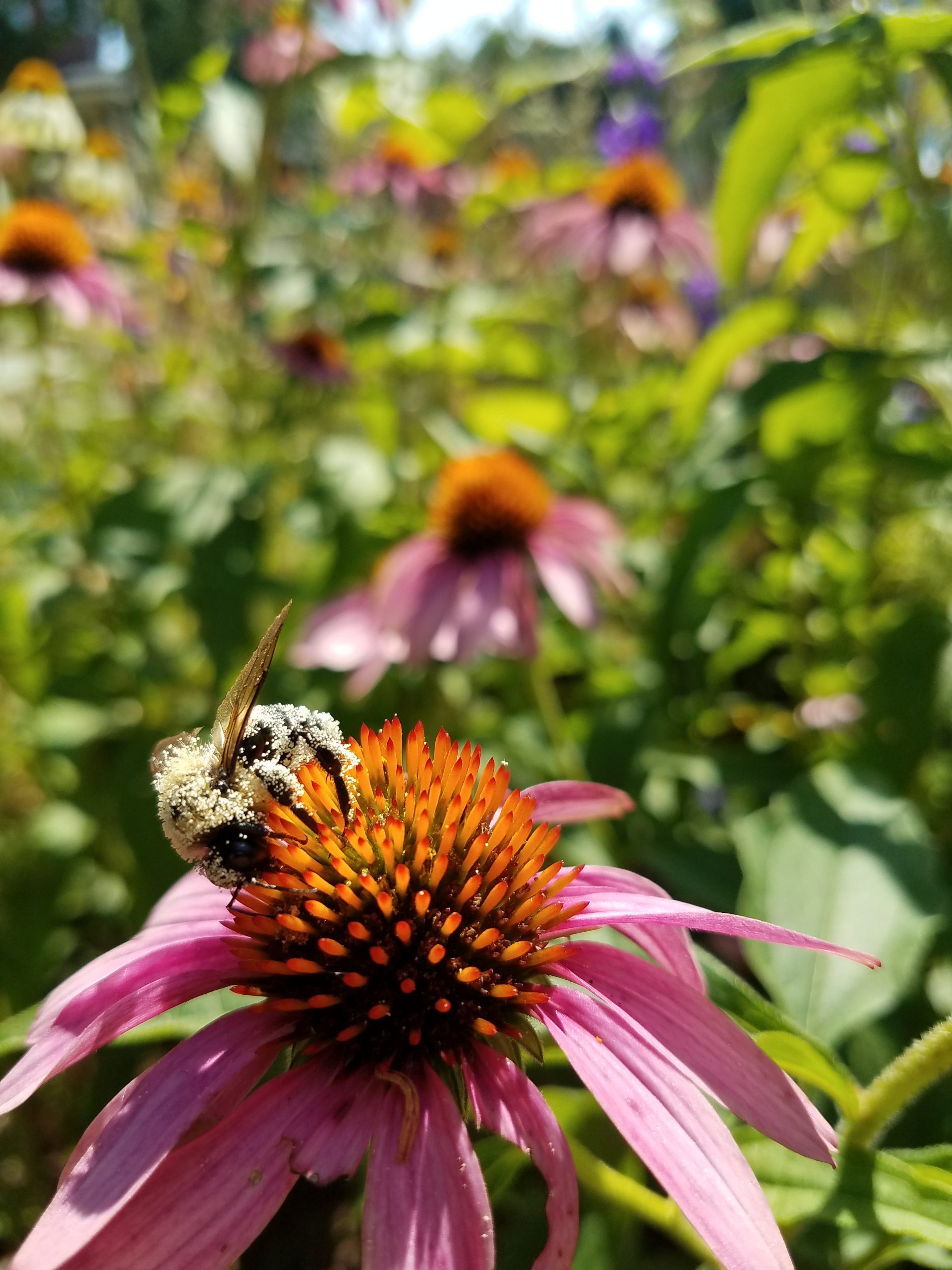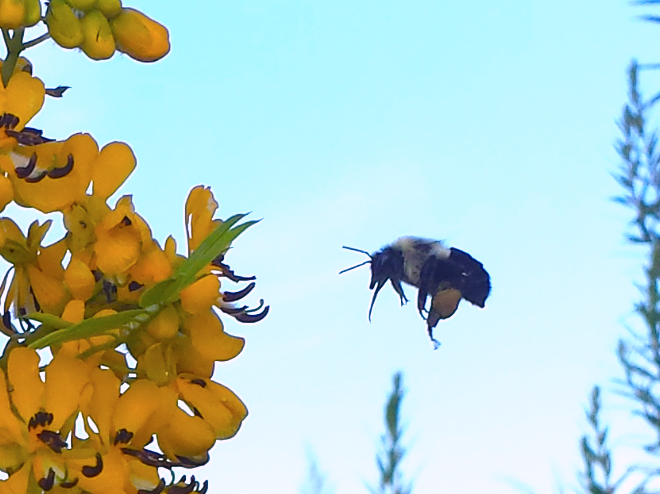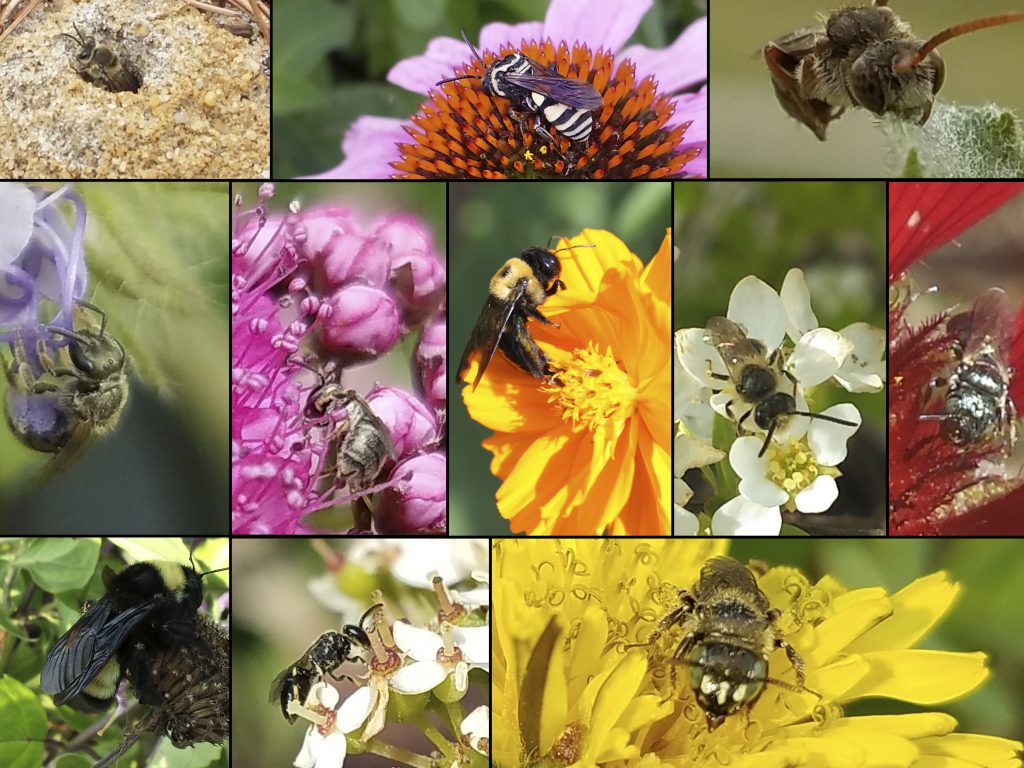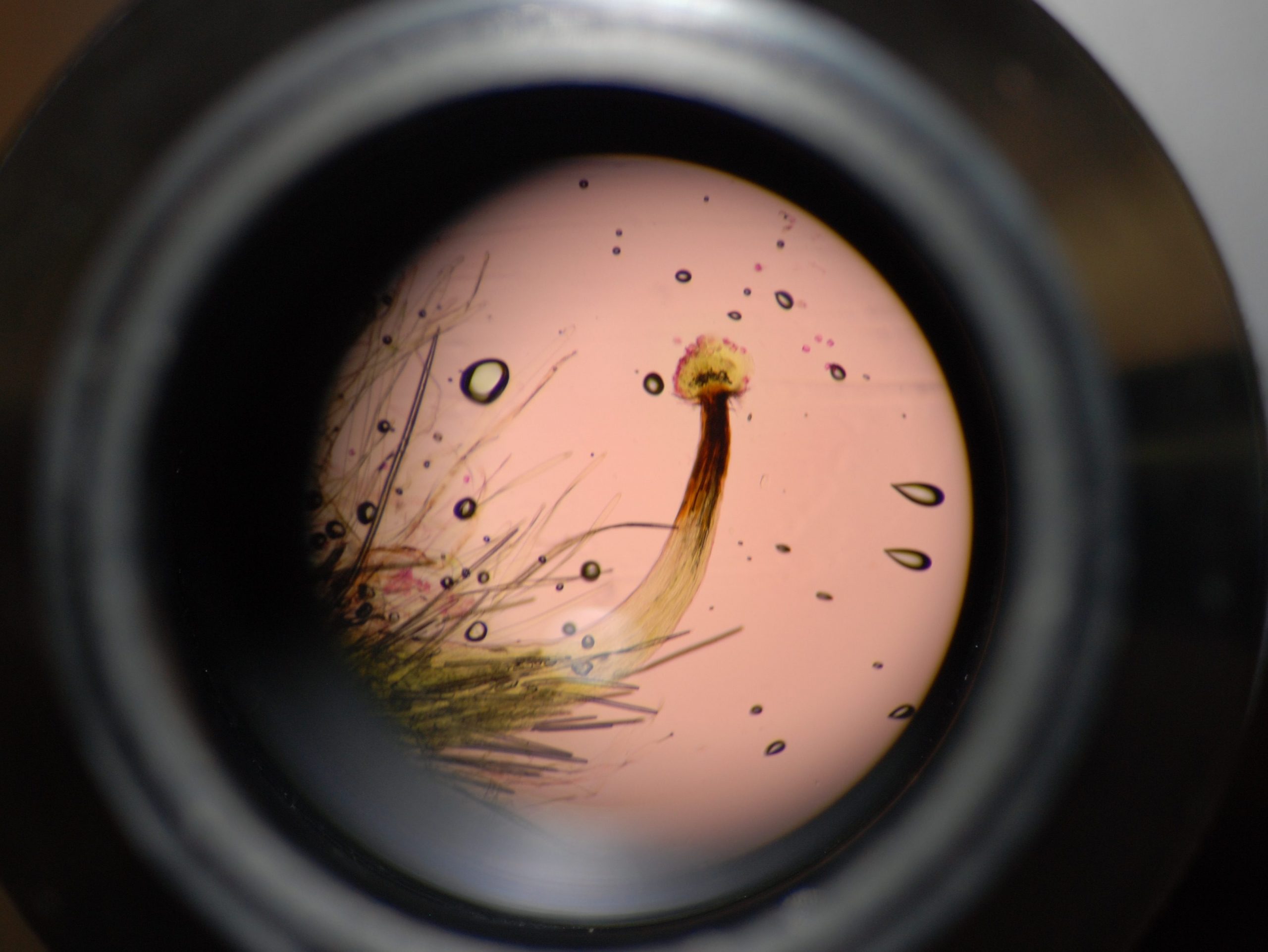
Pollination Ecology & Biodiversity Measurement

Native bee ecology +
conservation
Over 500 species of bees live in the Mid-Atlantic region of the USA where I work. These bees are critical pollinators of crops and wild plants, and face countless conservation threats. Yet often little is known about where they live, what they eat, and how they’re doing.
I study the flower and habitat preferences of wild bees. Among the things I’ve learned is that male and female bees often prefer to visit different kinds of flowers; my ongoing bee work focuses on the conservation status and rarity of wild bees.

Mid-Atlantic USA
Comparing biodiversity
I endeavor to document and forecast the causes and consequences of biodiversity change. Yet sampling artifacts and analysis decisions seem to cloud my vision. This troubles me.
I work with collaborators to identify and understand best practices in biodiversity measurement and comparison.

Soybean pollination
Soybeans are known to self-pollinate. They also produce many very small but showy flowers with nectar and nutritious pollen enjoyed by bees, thrips, and other potential pollinators. In the absence of insect pollinators, yields have been shown to decrease.
At the University of Maryland, I’m documenting the reproductive system of soybeans to better understand their pollination ecology. I think this work will prove valuable to growers and to pollinator conservation in row-crop agriculture.